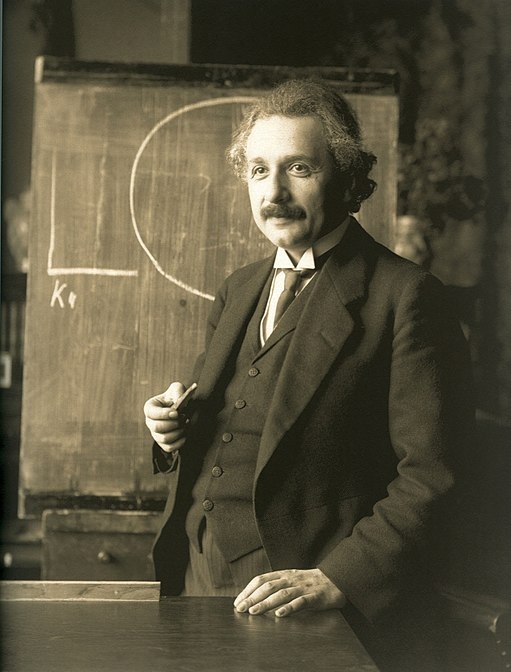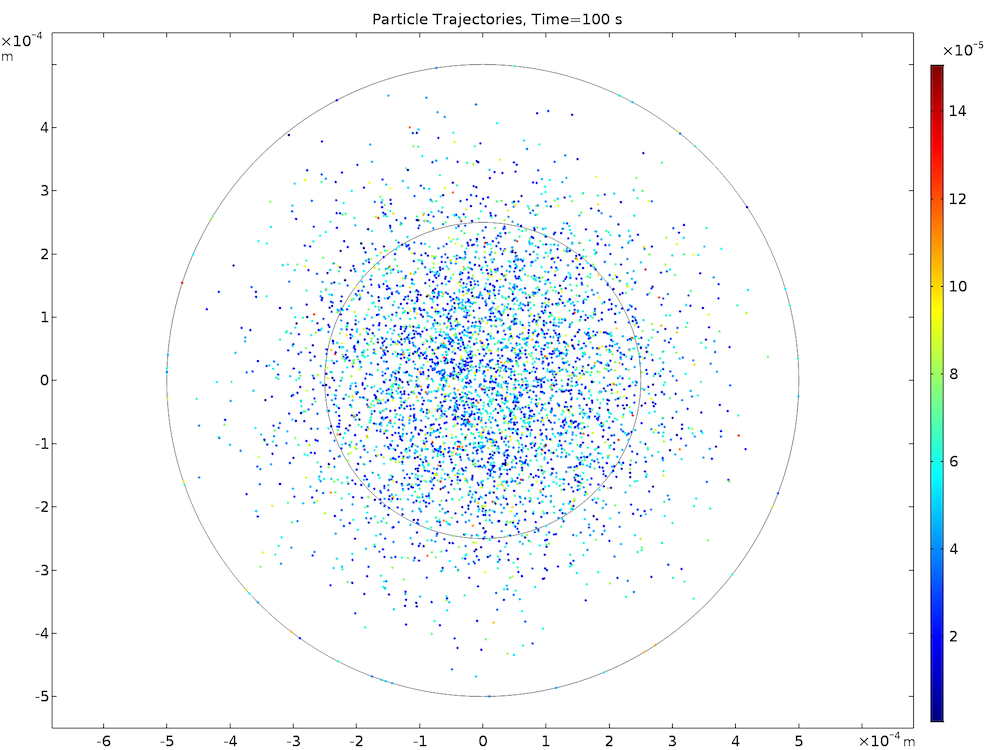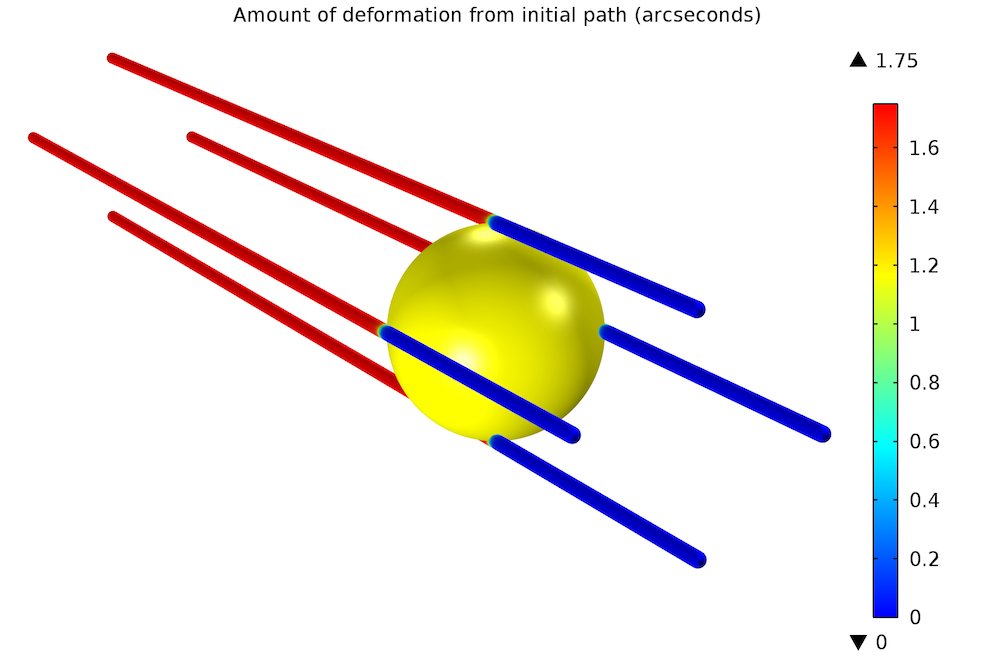
“The important thing is to not stop questioning. Curiosity has its own reason for existing.” –Albert Einstein
A passionate and curious intellectual, Albert Einstein is considered one of the most influential physicists of the 20th century. The German-born mathematician and physicist made numerous discoveries throughout his lifetime. Most notably, he developed the special and general theories of relativity. For discovering the law of the photoelectric effect, he earned a Nobel Prize in Physics in 1921.
Einstein’s Two Wonders: Physics and Mathematics
Albert Einstein was born on March 14, 1879, to middle-class Jewish parents in the southern German city of Ulm. Two important encounters ignited young Einstein’s curiosity. He described them as the “two wonders”. The first was at age five when his father handed him a compass. He was enthralled by the movements and workings of the compass, sparking his lifelong affinity for invisible forces. Einstein’s second “wonder” came to him at age twelve when he discovered a geometry book, which he fondly referred to as his “sacred little geometry book”. And so began young Einstein’s fascination with physics and mathematics.
In 1896, Einstein entered the Swiss Federal Polytechnic School in Zurich, where he later obtained his diploma in Physics. Much to his chagrin, Einstein was unable to secure a stable job until 1902, when he became a clerk at the Swiss patent office in Bern. In his spare time at the office, Einstein frequently daydreamed and ruminated on scientific theories. Eventually, these daydreams evolved into his most innovative work. The year 1905 is often referred to as Einstein’s “miracle year”. Not only did he obtain his doctor’s degree but he also published four revolutionary papers that launched him into the scientific community.

Albert Einstein. Image in the public domain in the United States, via Wikimedia Commons.
Pushing the Limits of Scientific Theory
Einstein’s visionary theories revolutionized the way we think about energy, mass, gravity, space, and time. His groundbreaking research explored the photoelectric effect, Brownian motion, and the theories of special and general relativity.
The photoelectric effect put to rest a long debate of what light is made of. It explained that light is not a wave propagating through space, but actually wave packets, or photons. The energy of each photon is equal to the frequency multiplied by Planck’s constant. Einstein’s photoelectric effect contributed to the development of quantum mechanics.
Einstein provided the first scientific proof of the existence of atoms with his quantitative theory of Brownian motion. He studied atomic collisions in fluids and demonstrated that the size of atoms can be measured. This was a breakthrough for the atomic realm.

Particle diffusion in a fluid demonstrating Brownian motion.
Similar to his icon, Galileo Galilei, Einstein shook the scientific community by challenging its current framework. With the special theory of relativity, he declared that distances in time and space are relative and they change depending on the speed of a material object. Furthermore, he calculated that the speed of light is unchanging and unapproachable by any material object.
Einstein’s famous equation, E = mc2, directly grew out of his special theory of relativity. It shows that tiny particles of mass could be converted into a massive body of energy. The special relativity equation is credited for the genesis of the atomic bomb, although Einstein opposed war and had no involvement in the development of nuclear weapons.
The pioneering physicist felt that his special theory of relativity was incomplete, because it did not account for all types of motion; he wanted to generalize the theory. In 1915, Einstein proudly published the general theory of relativity. It explained that gravity is the result of the distortion of space-time. The acceleration and gravitational field of a material object are not absolute quantities; accelerations could transform into gravitational fields and vice versa.

Einstein demonstrated his general theory of relativity using gravitational lensing, where mass bends light from a distance.
Throughout his lifetime, Einstein continued to produce more important inquiries and discoveries. For example, Einstein discovered stimulated emissions in 1916. His inquiries have inspired other scientists to explore major scientific theories and observations, including the Big Bang theory and gravitational waves.
Person of the Century
With the rise of antisemitism, Einstein fled Germany in 1932. He spent the remainder of his life questioning scientific theories and denouncing racism. Einstein is not only remembered for his scientific contributions, but also for his humble nature, witty humor, and affinity for mankind. As a member of the NAACP, he was a passionate supporter of human rights and civil rights. More than 40 years after his death, Time Magazine dubbed him Person of the Century.
For all of these reasons, we continue to celebrate the life of Albert Einstein today.



Comments (1)
cat vrooks
November 18, 2022Nice!